Looking for the best museums in Cantabria? These are the best ones:
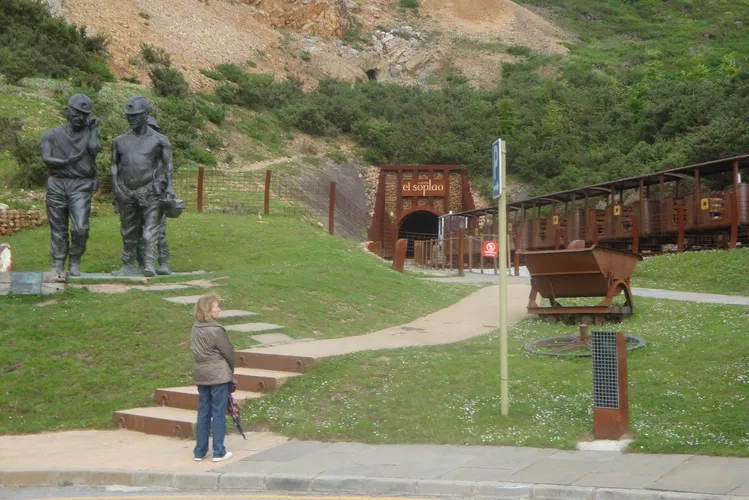
El Soplao Cave
CelisEl Soplao is a cave situated in the municipalities of Rionansa, Valdáliga, and Herrerías in Cantabria, Spain. This location is known for its unique geological formations, making it a point of interest for those interested in geology and natural wonders.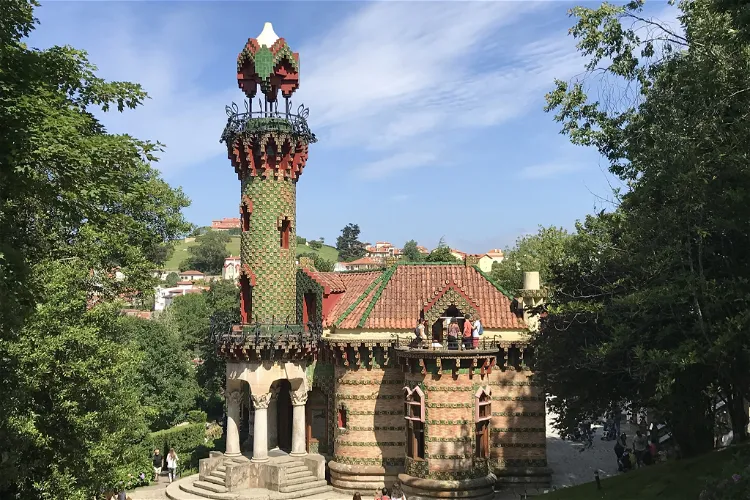
El Capricho de Gaudí
Comillas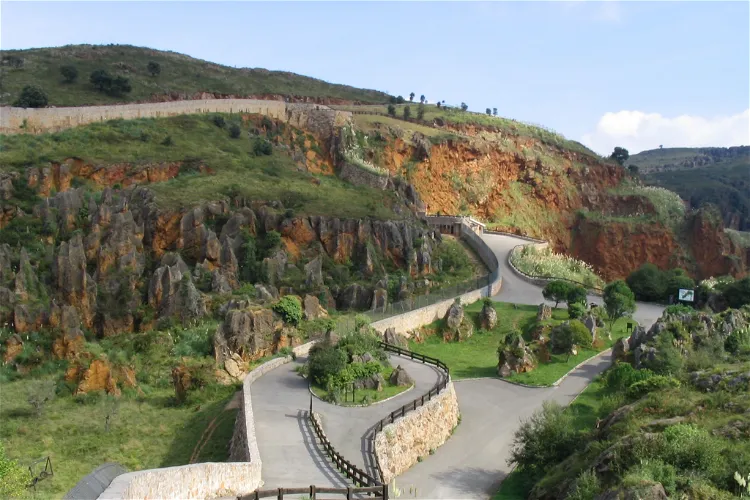
Cabarceno Natural Park
VillaescusaCabárceno Natural Park, located in the town of Penagos, Spain, is a unique combination of a zoo and nature reserve. It is situated just 17 kilometres south of Santander, making it easily accessible for tourists visiting the area. The park offers a unique opportunity to observe a variety of animal species in semi-captive conditions, within a naturalised space reclaimed from former open-pit mines.
Centro Botín
SantanderThe Botín Centre, also known as the Botín Centre for Arts and Culture, is a cultural facility located in Santander, Cantabria, Spain. It aims to be a reference centre in Spain and to be part of the international circuit of leading art centres. The project is supported by the Marcelino Botín Foundation, created in 1964 by Marcelino Botín, and later presided over by Emilio Botín, president of Santander Bank until his death in 2014. The centre was inaugurated on 23 June 2017.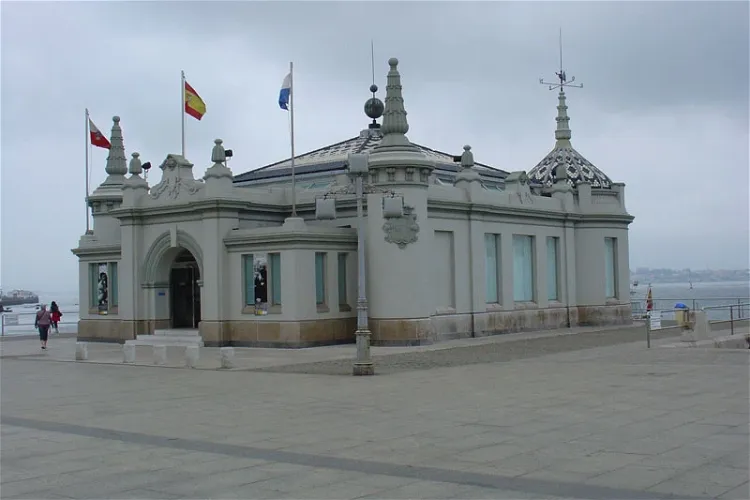
Embarcadero Palace
SantanderEl Palacete del Embarcadero is a significant building located in the city of Santander, in the region of Cantabria, Spain. This architectural gem is a part of the city's rich history and cultural heritage, offering a unique glimpse into the past.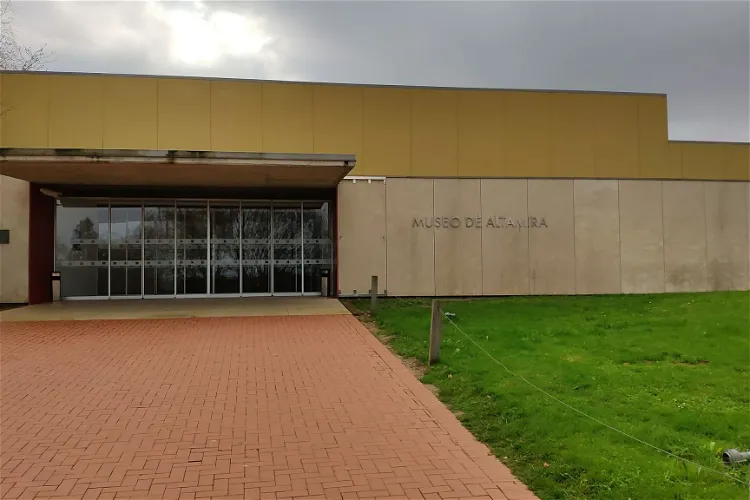
National Museum and Research Center of Altamira
Santillana del MarVisitors to the National Museum and Research Center of Altamira can participate in prehistoric technology workshops, offering a unique opportunity to learn about the tools and techniques used by early humans. The museum also hosts a permanent exhibition, 'Times of Altamira', which showcases objects not only from the Altamira cave but also from other palaeolithic caves in the Cantabria region.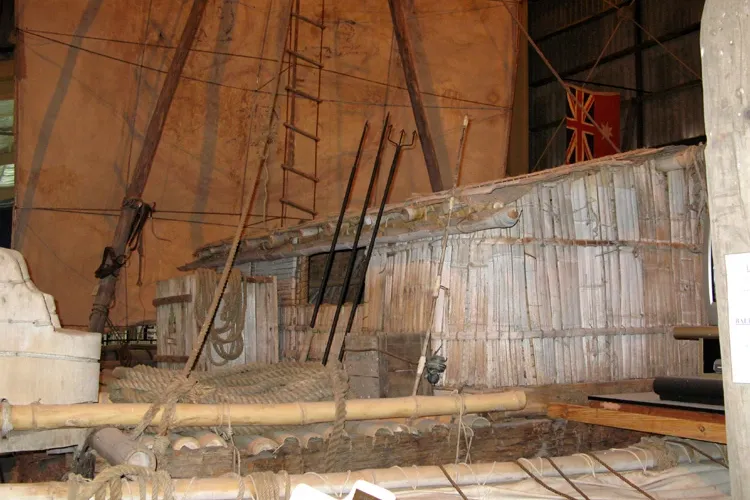
Vital Alsar
SantanderVital Alsar Ramírez was a renowned sailor and scientist known for his extremely long sailing expeditions. His life was deeply intertwined with nature and the sea, and his adventures have left a significant mark on the world of sailing. Visitors interested in maritime history and exploration will find his story fascinating.
Tower of Infantado
PotesToday, the Tower of Infantado serves as an exhibition center, showcasing various displays that reflect its rich history. Recognized as a Site of Cultural Interest since 1985, it offers visitors a unique insight into the region's past.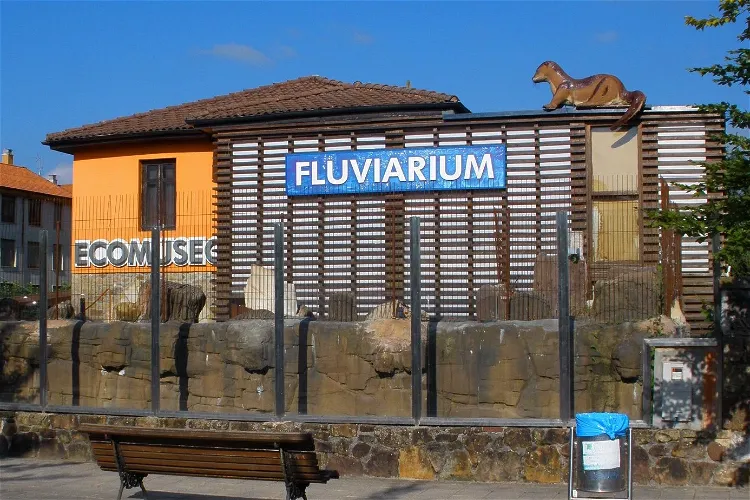
Ecomuseum Fluviarium of Liérganes
Liérganes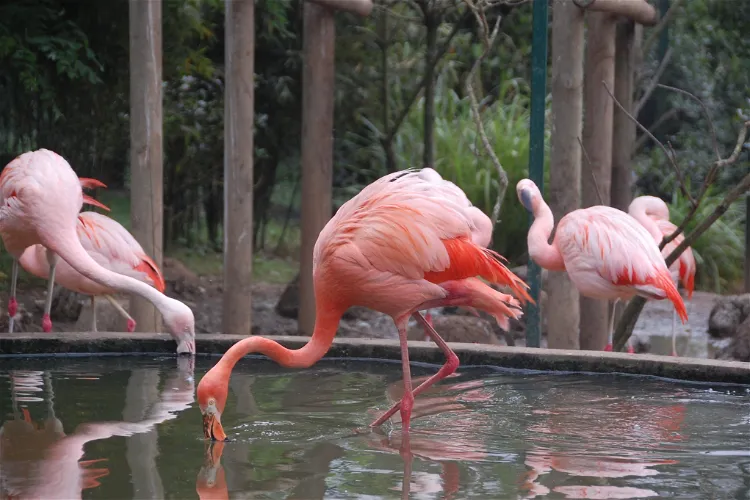
Santillana Zoo
Santillana del MarSantillana Zoo, also known as El Zoológico y Parque Cuaternario de Santillana del Mar, is a six-hectare zoo located in the municipality of Santillana del Mar, Cantabria, Spain. It is a privately initiated and managed institution, founded by José Ignacio Pardo de Santayana in 1977. The zoo is easily accessible as it is situated at the entrance of Santillana on the Puente San Miguel road.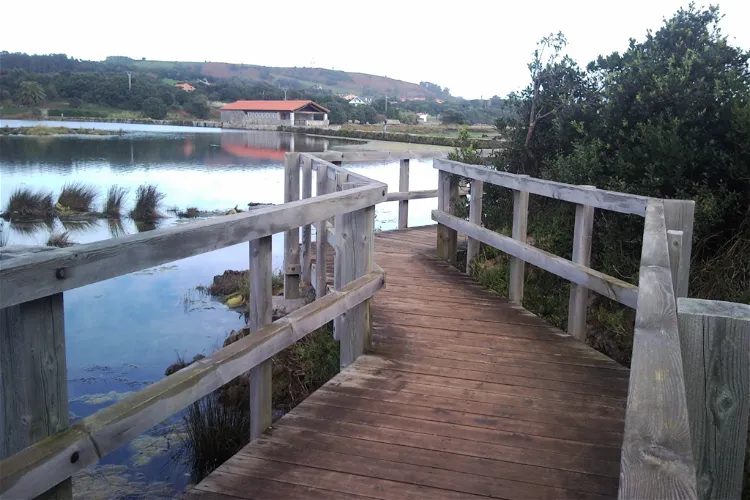
Trasmiera Ecopark
ArnueroThe Trasmiera Ecopark is not just about the natural environment, but also about the rich cultural heritage of the region. The ecopark includes centers that showcase the diverse cultural aspects associated with the four towns that make up the municipality - Castillo Siete Villas, Isla, Soano, and Arnuero. Each town contributes its unique cultural elements to the overall experience of the ecopark.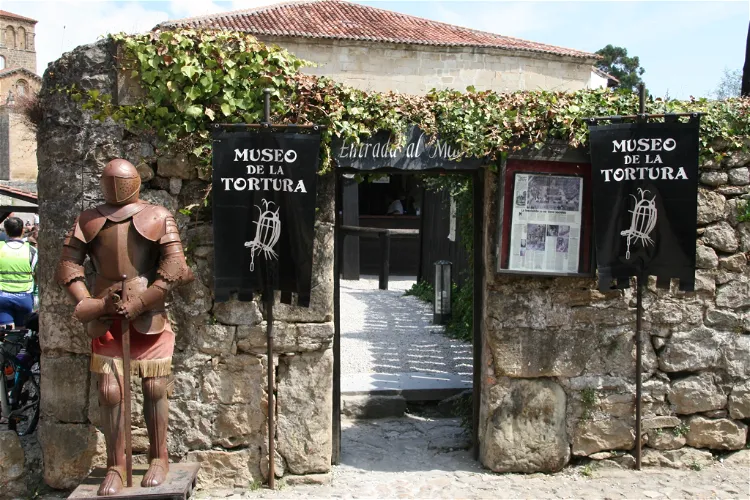
Museum of Torture
Santillana del MarThe Museum of Torture, located in the picturesque town of Santillana del Mar in Cantabria, is a unique historical site. It houses an extensive collection of over fifty original torture and capital punishment instruments. These artifacts, which originate from Europe, span a period from the 15th to the 19th centuries. This provides a fascinating, albeit grim, insight into the methods of punishment used in the past.
Julióbriga Roman City and Domus Museum
Campoo de EnmedioThe site of Juliobriga is traditionally associated with the ruins found in the village of Retortillo and its Villafría district, located in the municipality of Campoo de Enmedio. These ruins provide a tangible connection to the past, offering visitors a unique opportunity to explore the remnants of this once significant Roman city.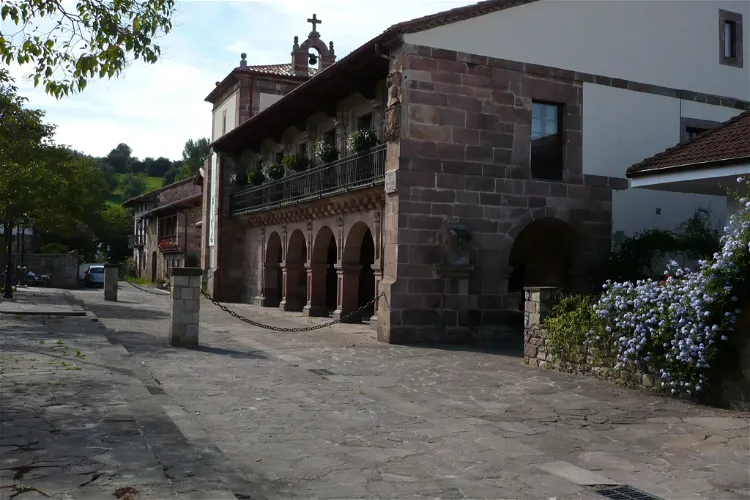
Museo De La Naturaleza De Cantabria
Cabezón de la SalThe Museo de la Naturaleza de Cantabria is situated in an 18th-century mansion in the Cantabrian village of Carrejo. This location is just 1.5 kilometers away from Cabezón de la Sal, Spain. The museum's location in a historical building adds a unique charm to the visitor's experience.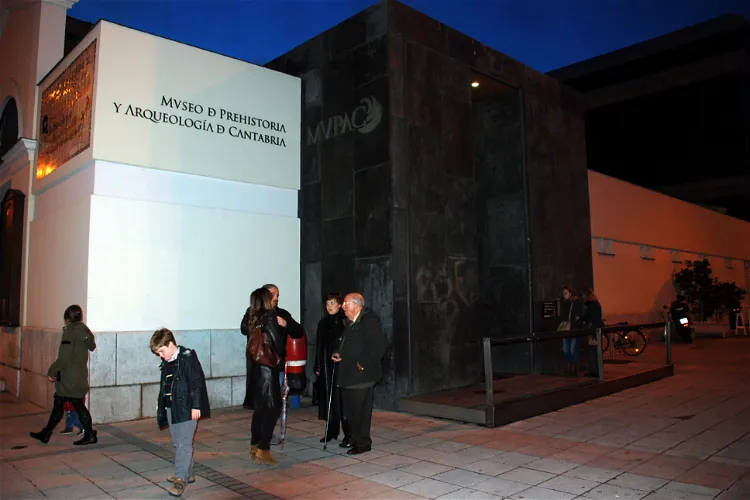
Museum of Prehistory and Archaeology of Cantabria
SantanderThe Museum of Prehistory and Archaeology of Cantabria (MUPAC) is a unique institution that specializes in prehistoric archaeology. It also houses collections from the ancient and medieval world, offering a comprehensive view of human history. Visitors can explore a wide range of artifacts and exhibits that span different periods and civilizations.
Museo Etnográfico de Cantabria
Camargo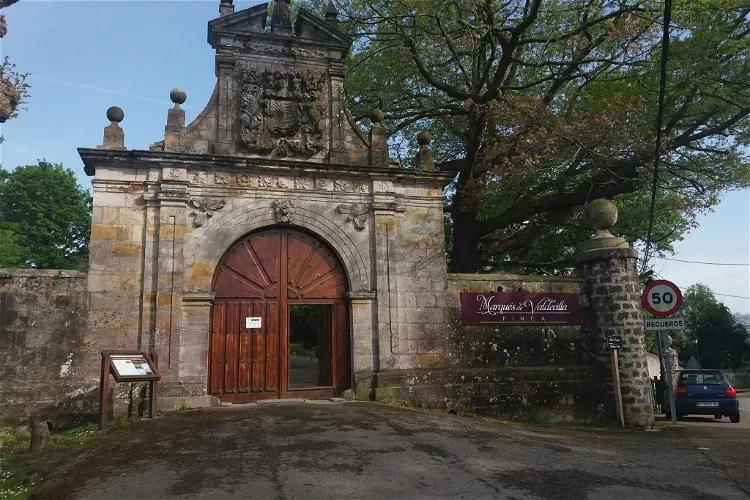
Marquis of Valdecilla Museum
Medio Cudeyo
Palacio de Elsedo en Liérganes
La HerránThe Elsedo Palace, also known as the Palace of the Counts of Torrehermosa, is a Spanish rural palace from the 18th century. It is located in the town of Pámanes, within the municipality of Liérganes, in Cantabria, Spain. This historical building offers a glimpse into the architectural style and grandeur of the 18th century.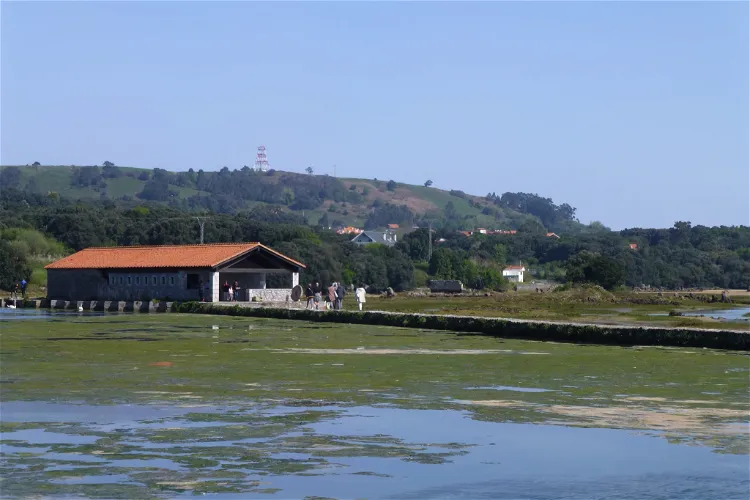
Santa Olaja Mill
Isla PlayaSanta Olaja Mill, also known as Santa Olalla, is a tidal mill located in the Joyel marsh in the municipality of Arnuero in Cantabria, Spain. It is part of the Trasmiera Ecopark and is one of the few mills that are still preserved in good condition. The mill is unique as it is the only one on the European Atlantic coast that functions as an Interpretation Center for these mechanical devices and maintains a visiting schedule open to the public all year round.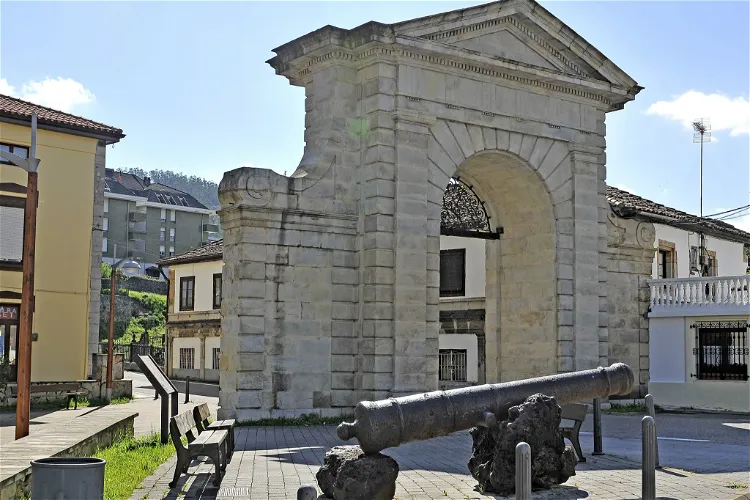
Royal Ordnance Factory Museum of La Cavada
RiotuertoThe Royal Ordnance Factory Museum of La Cavada is an exhibition space situated in the town of La Cavada, within the Autonomous Community of Cantabria in Spain. The museum offers a unique insight into the history of the cannon factory that was used by the Royal Spanish Navy and in the defense of the Empire.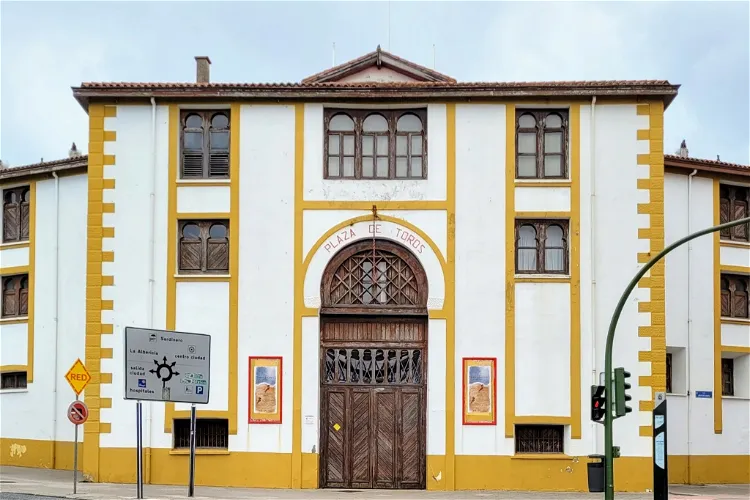
Bullfighting Museum
SantanderVisit the museum dedicated to bullfighting - its history as well as contemporary issues. Free entrance, right at the Santander bullring.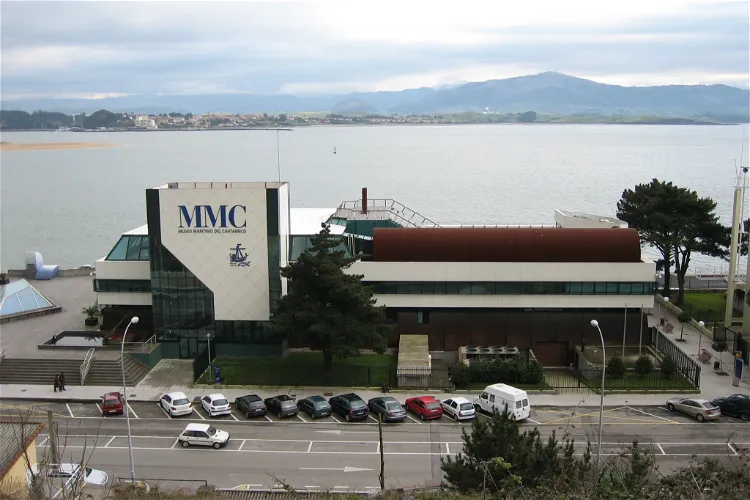
Cantabrian Maritime Museum
SantanderThe Cantabrian Maritime Museum, also known as MMC, is a unique combination of a museum and an aquarium. It is situated in the city of Santander, in Cantabria, Spain, and is located on the edge of the bay. The museum is dedicated to the dissemination of maritime heritage, offering visitors a chance to explore the rich history and biodiversity of the Cantabrian Sea.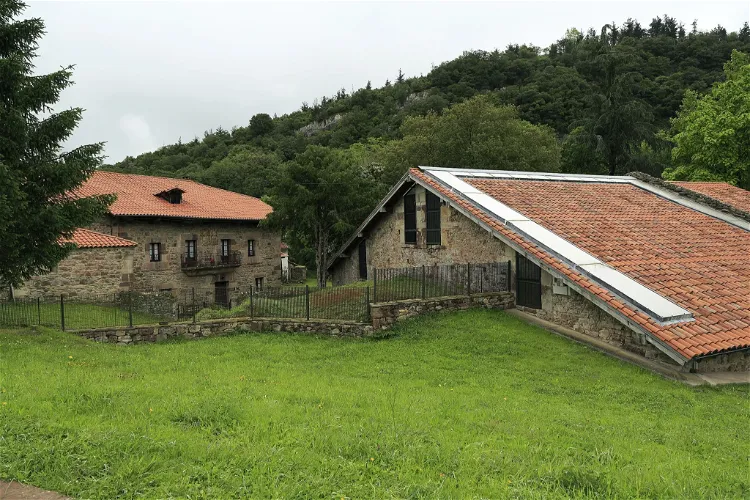
Ferrería de Cades
Herrerías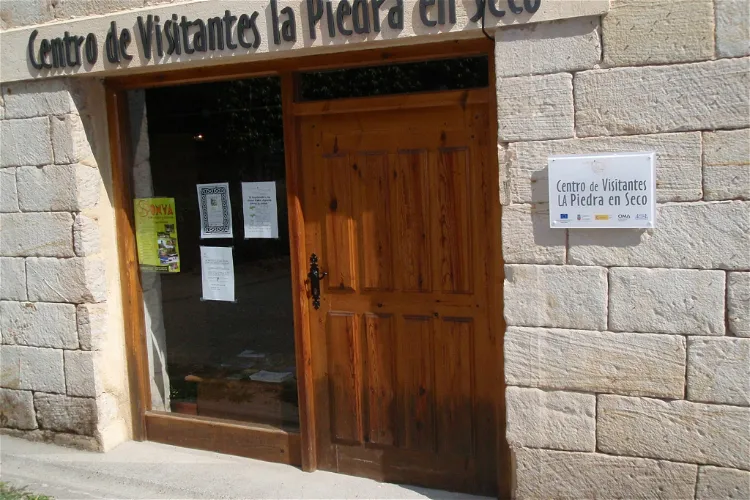
Centro de Visitantes de la Piedra en Seco
Valderredible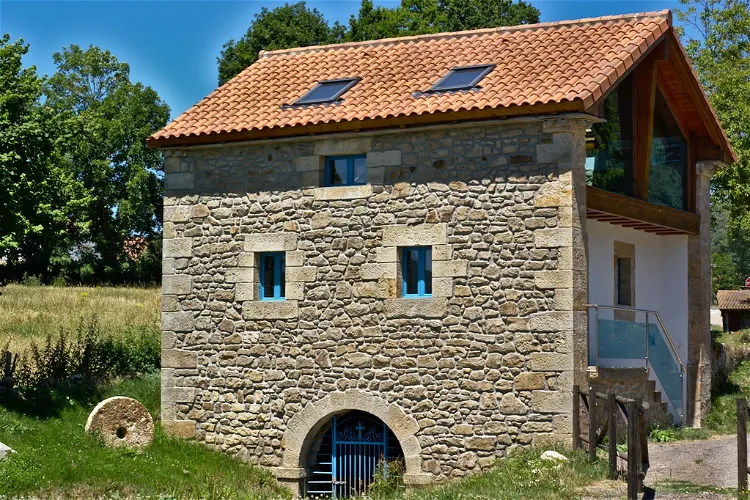
Molino de Orzales
Campoo de Yuso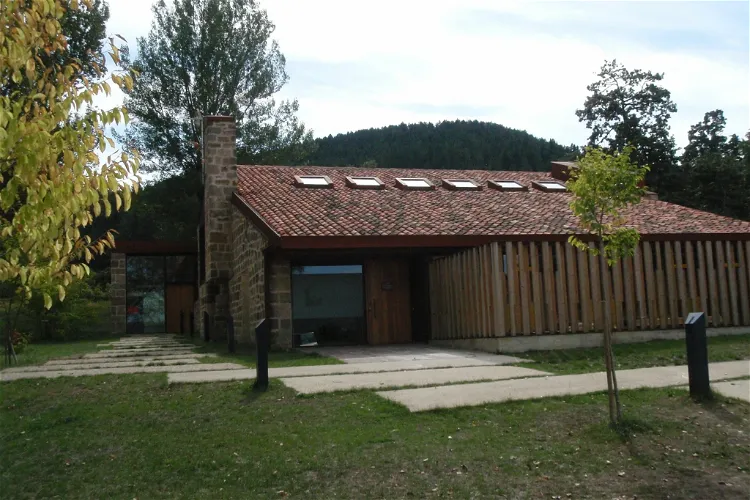
Centro de Interpretación de la Arquitectura Rupestre
Valderredible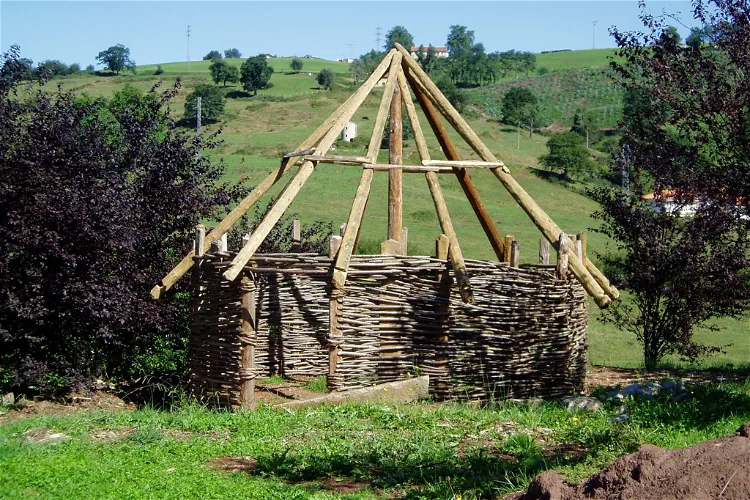
Poblado Cantabro
Cabezón de la Sal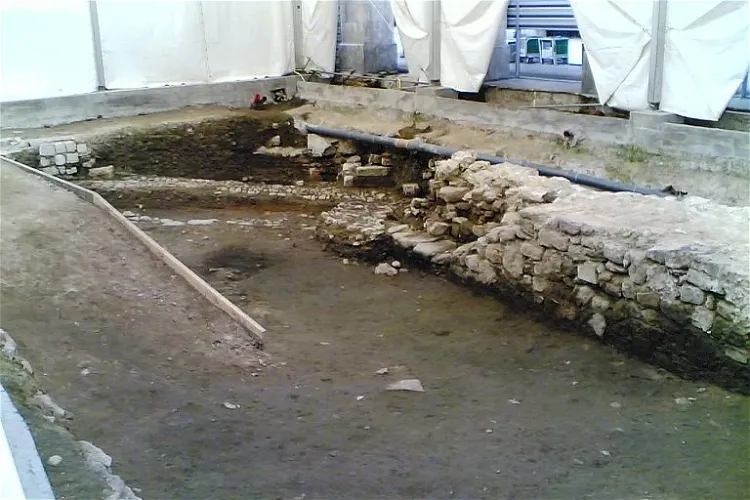
Centro de Interpretación de la Muralla Medieval
Santander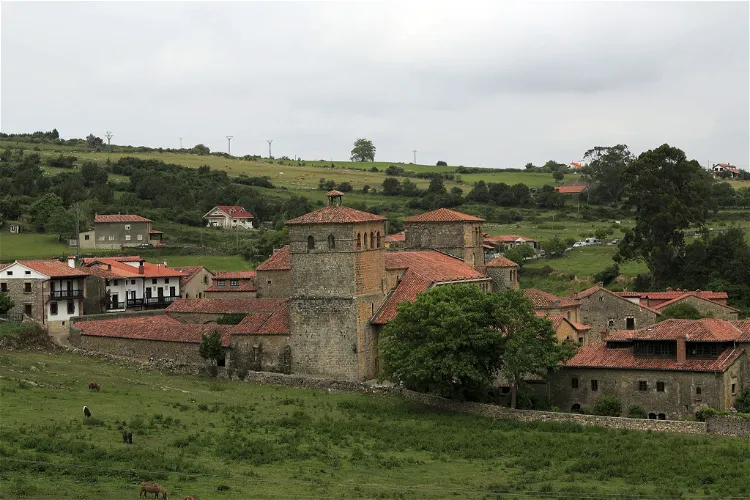
Barquillero Museum
Santillana del Mar
Regina Coeli Diocesan Museum
Santillana del MarThe Regina Coeli Diocesan Museum, also known as the Diocesan Museum of Santillana, was inaugurated in 1969. It is situated in the picturesque town of Santillana del Mar, in the region of Cantabria, Spain. This location makes it an accessible destination for tourists visiting the area.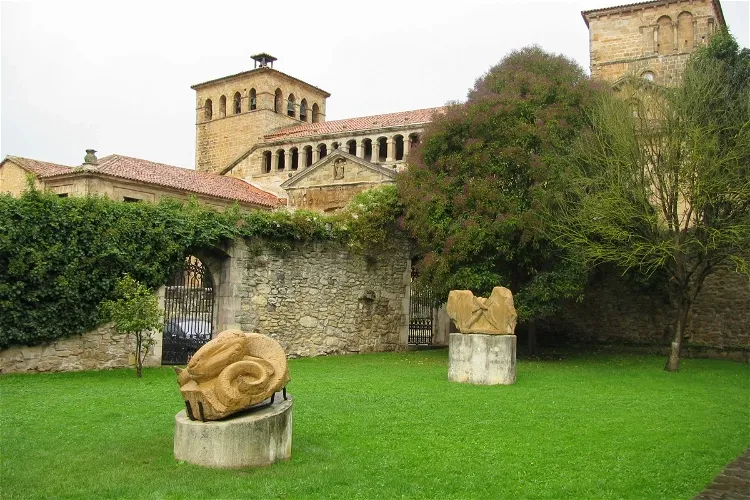
Jesus Otero Museum
Santillana del Mar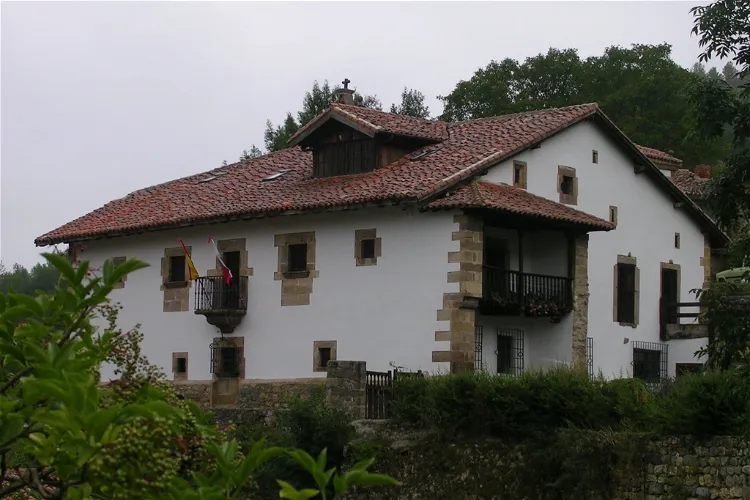
Casa Museo de Tudanca
SantotísLa Casona de Tudanca is a unique museum-library situated in the picturesque town of Tudanca in Cantabria. This historic building served as the regular residence of the renowned José María de Cossío until his passing in 1977. Visitors can explore the rich history and cultural significance of this place, which was once a hub of intellectual and artistic activity.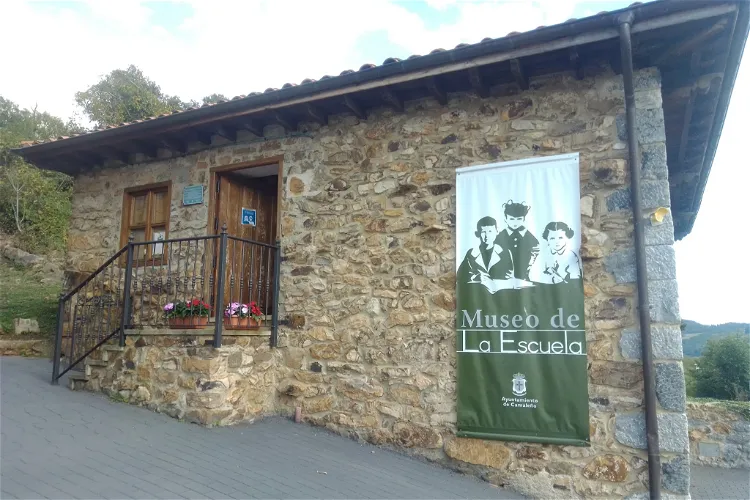
Museo de la Escuela Rural de Mogrovejo
Camaleño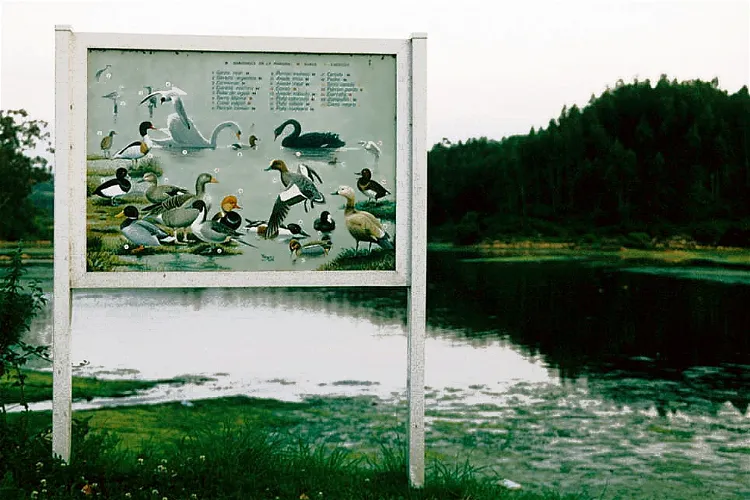
Centro de Interpretacion del Parque Natural de Oyambre
San Vicente de la Barquera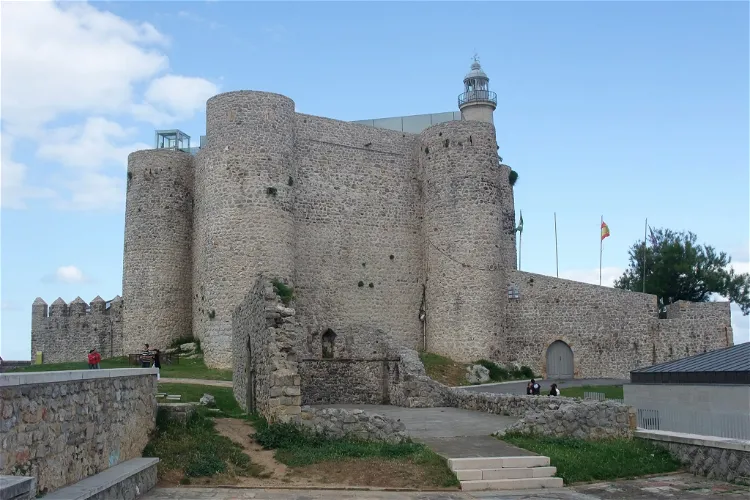
Santa Ana Castle
Castro-UrdialesSanta Ana Castle is a fortress situated on a rocky promontory in Castro-Urdiales. It shares the peninsula with the fortified church of Sta. Mª de la Asunción from the 13th century, the ruins of another previous church, San Pedro from the 12th century, and the hermitage of Santa Ana. This location offers a unique blend of historical architecture and natural beauty.
Roman Bridge of Liérganes
LiérganesThe Roman Bridge of Liérganes, also known as El puente mayor de Liérganes, is a significant historical structure located in the town of Liérganes in Cantabria, Spain. This bridge is a testament to the architectural prowess of the late 16th century and serves as a symbol of the town's rich history.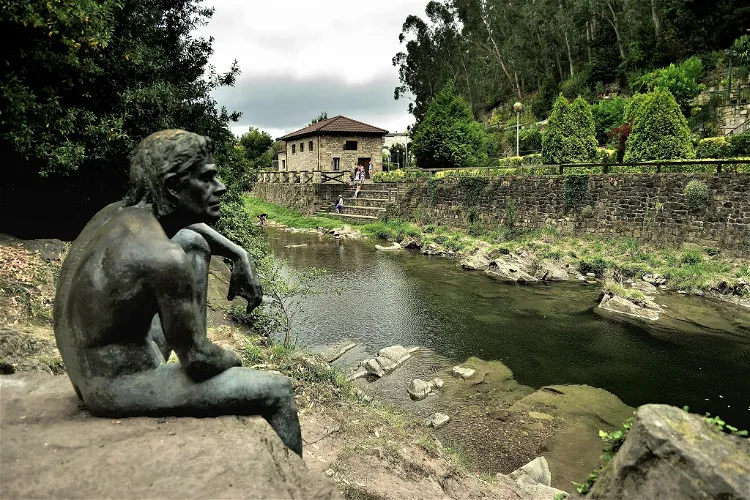
Centro de Interpretación del Hombre Pez
LiérganesThe Fish Man of Liérganes, also known as Francisco de la Vega Casar, is a legendary figure in Cantabrian mythology. This intriguing character is the focus of the Centro de Interpretación del Hombre Pez in Liérganes. The legend tells the story of Francisco, who disappeared while swimming in Bilbao in 1674 and was believed to have been transformed into a fish-like creature. He was reportedly sighted in various locations, including Denmark, the English Channel, and the coasts of Andalusia. The legend has been documented in various texts, including a book by José María Herrán titled 'El hombre-pez de Liérganes'.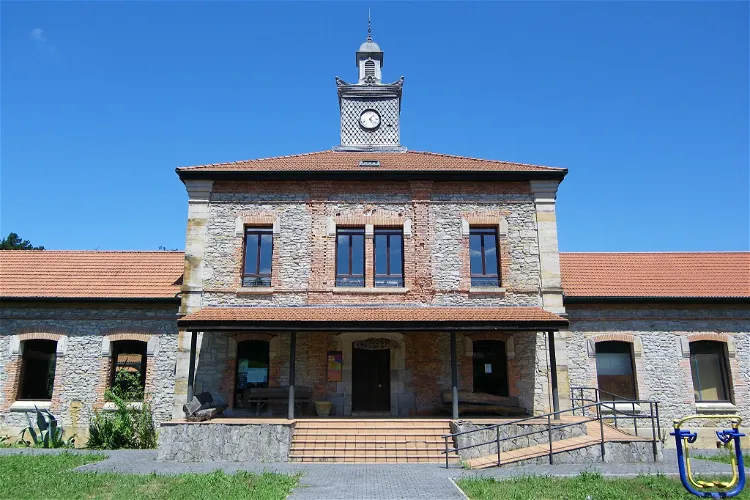
Centro de Interpretación de la Etnografía
Valle de Villaverde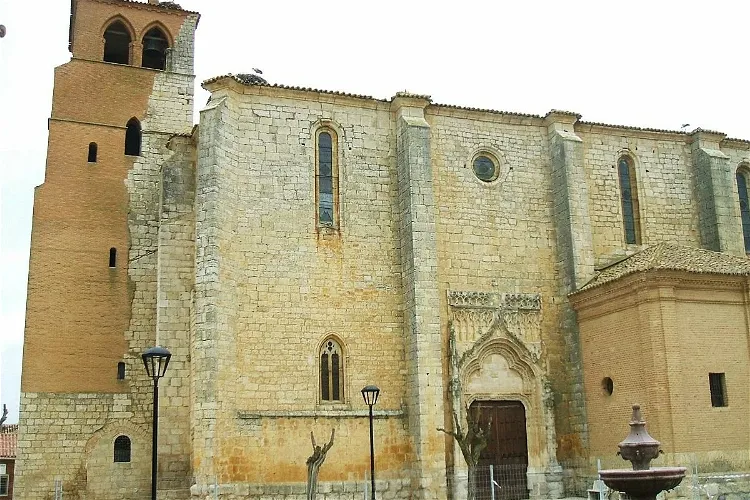
Museo de la Cantería
Rasines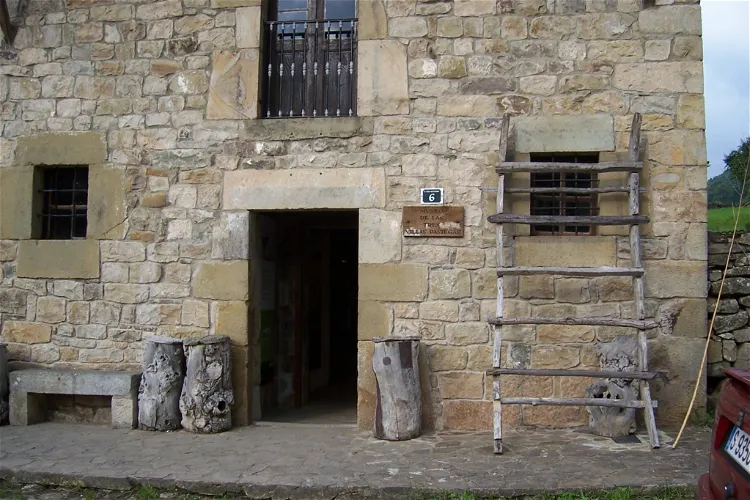
Museo Etnográfico de las Villas Pasiegas
Vega de Pas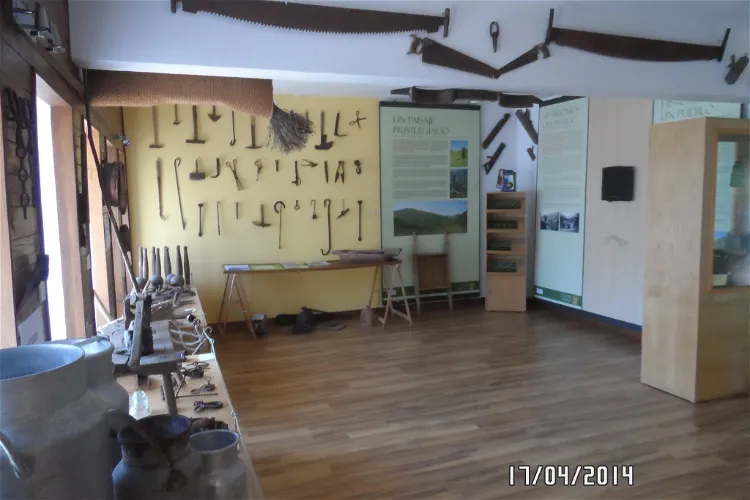
Centro de Interpretación Casa del Pasiego
San Roque de Riomiera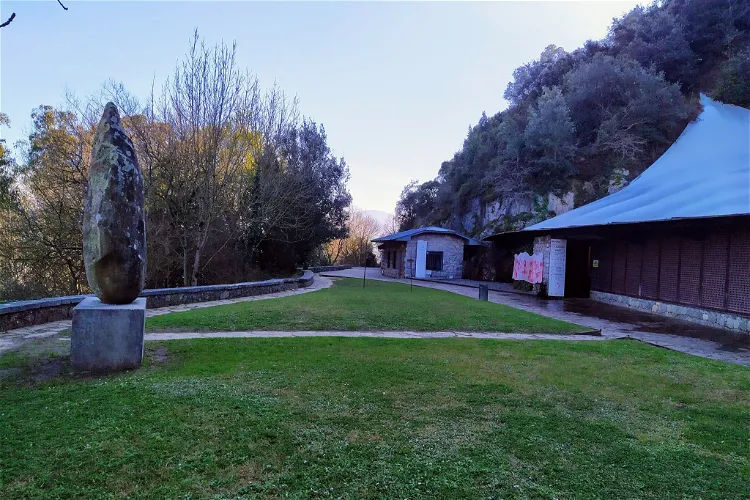
Caves of Monte Castillo
Puente Viesgo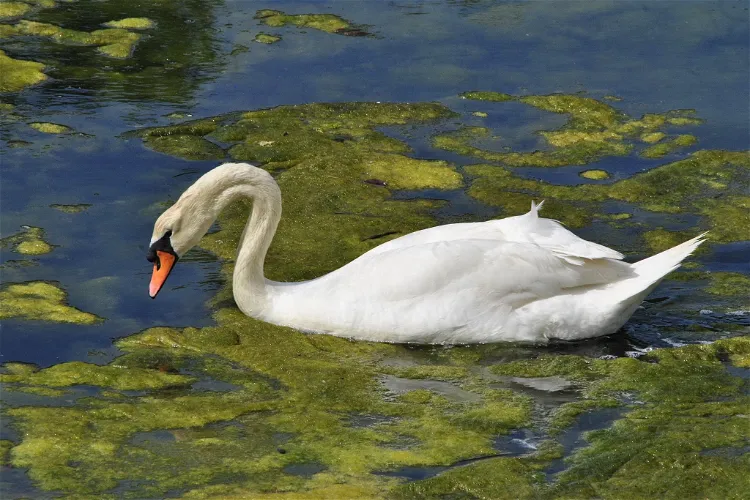
Santoña, Victoria and Joyel Marshes Natural Park
Santoña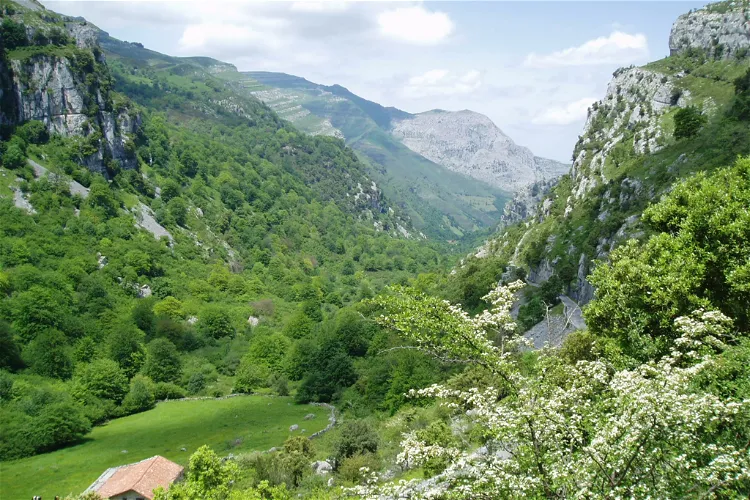
Collados del Asón Natural Park
Soba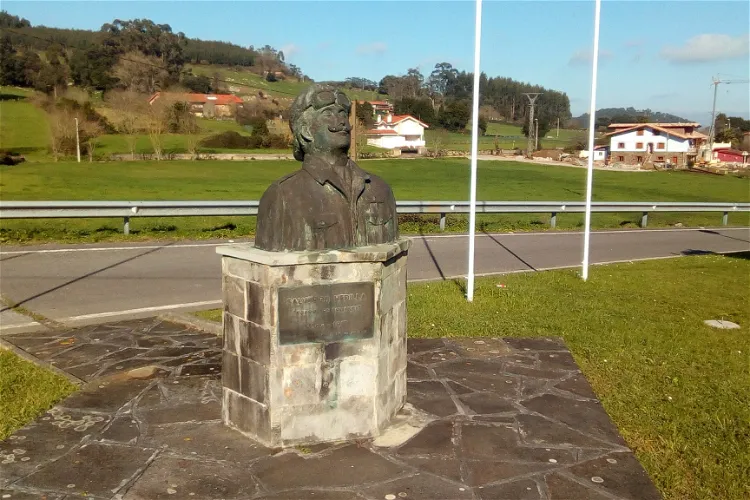
Monumento a Salvador Hedilla
Castillo Siete VillasSalvador Hedilla Pineda, born in Castillo Siete Villas, Cantabria, on November 9, 1882, was a Spanish aviator, motorcyclist, and motorist. He is recognized for being the first aviator to fly from the peninsula to the Balearic Islands, specifically from Barcelona to Mallorca. This achievement marked a significant milestone in the history of aviation.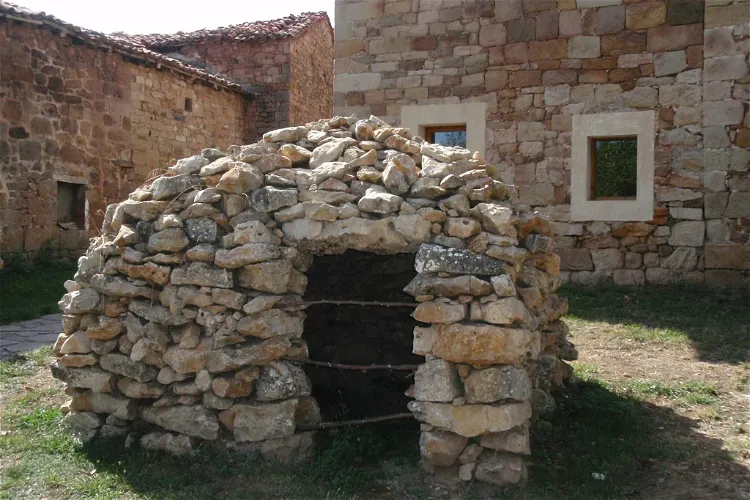
Visitor Center Monte Hijedo
Valderredible
Centro de Interpretación del Embalse del Ebro
Campoo de Yuso
Casa de las Mareas
Arnuero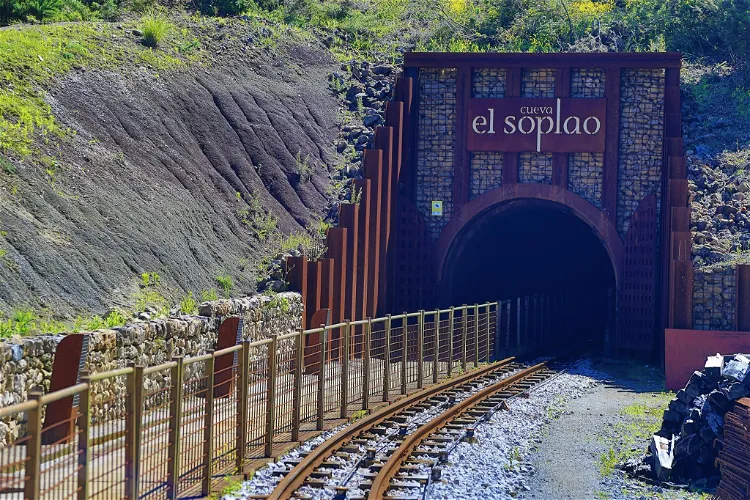
El Soplao Cave
RionansaEl Soplao is a cave situated in the municipalities of Rionansa, Valdáliga, and Herrerías in Cantabria, Spain. This location is known for its unique geological formations, making it a point of interest for tourists interested in geology and natural beauty.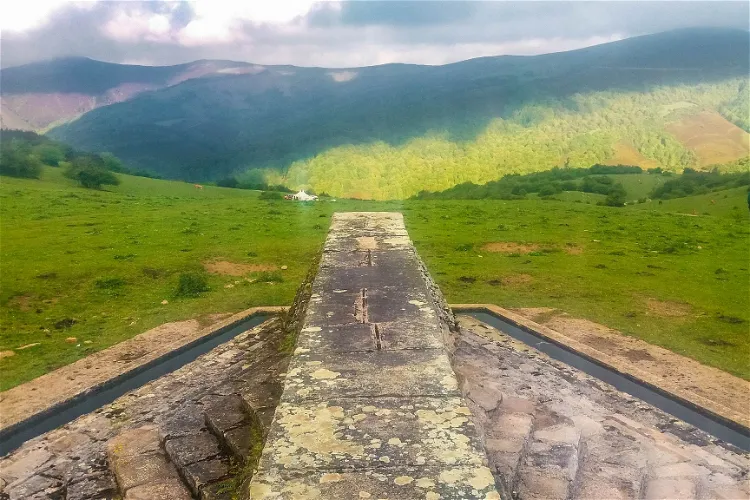
Centro de Interpretación del Parque Natural Saja Besaya
Los Tojos